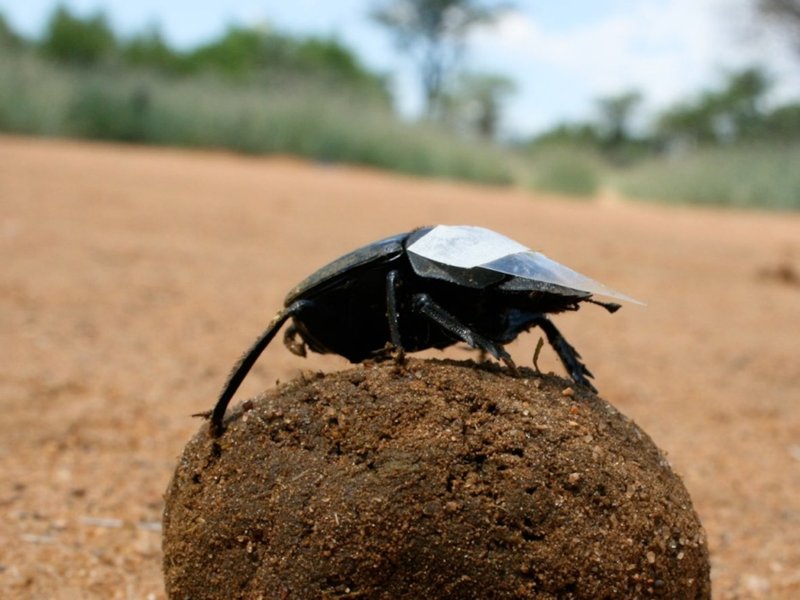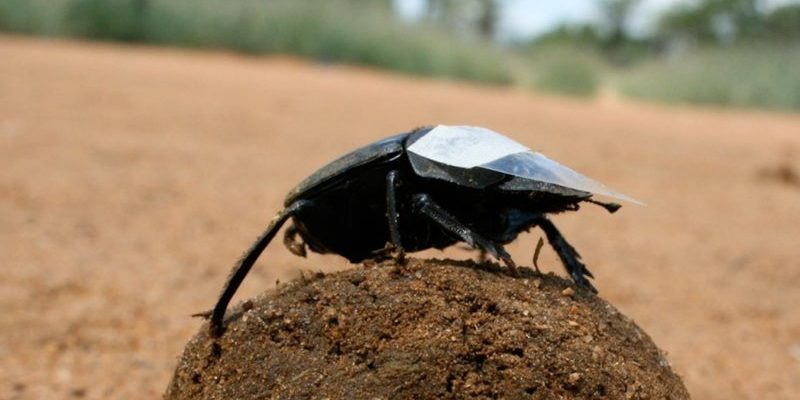
So, grab your coffee, and let’s explore how scientists have studied dung beetles, including the methods, findings, and some surprising insights. You might be wondering what’s so special about these little guys—after all, how exciting can studying a bug be? But trust me, there’s more than meets the eye!
What Are Dung Beetles and Why Study Them?
You might already know that dung beetles are insects belonging to the Scarabaeidae family. They are best known for their behavior of rolling dung into balls, which they use for food or to lay their eggs in. But why do scientists spend so much time studying these critters?
The primary reason is their important role in the ecosystem. Dung beetles help decompose animal waste, which enriches the soil and provides nutrients for plants. By breaking down waste, they also help minimize parasites and diseases, making them ecological superheroes in their own right! Their behavior is like nature’s composting system, which is crucial for maintaining healthy environments.
Moreover, studying dung beetles gives scientists insights into biodiversity and how ecosystems function. They can act as indicators of environmental health. If a certain species of dung beetle is thriving, it might suggest that the environment is in good shape. That’s why researchers find them so valuable for ecological studies.
Methods of Studying Dung Beetles
The methods used to study dung beetles are quite varied, and researchers often get creative! One common approach is conducting field surveys. Scientists will go to different locations, collect samples, and observe the beetles in their natural habitat. This often involves setting up traps with dung to attract the beetles, allowing researchers to study the species diversity in an area.
Another method involves laboratory experiments where conditions can be controlled. For instance, scientists might examine how dung beetles respond to different types of dung or varying environmental factors like temperature and moisture. This helps to understand their preferences and behaviors in greater detail.
Then, there’s the fascinating use of technology. Some researchers have employed GPS tracking to monitor how dung beetles navigate through their environment. These studies reveal how they find dung—even when it’s hidden from view—and help to understand their remarkable sense of orientation.
Research Findings on Dung Beetles
Through various studies, scientists have uncovered some intriguing findings about dung beetles. One noteworthy discovery is their astonishing ability to navigate using the Milky Way! Yes, you read that right. Research indicates that certain dung beetles can use celestial cues to find their way home, especially when rolling dung balls. It’s as if they possess built-in navigation systems!
Moreover, scientists have observed that different species of dung beetles have unique behaviors and preferences. For example, some prefer to bury dung immediately, while others roll it away to a more secluded spot first. This variation is essential for understanding how these beetles adapt to different environments and ecological niches.
Additionally, dung beetles have been shown to help reduce greenhouse gases. By breaking down dung, they not only recycle nutrients but also reduce methane emissions produced by decomposing feces. This finding puts them in the spotlight as potential allies in combatting climate change. It’s pretty mind-blowing to think that a small bug could have such a big impact!
Dung Beetles and Biodiversity
Biodiversity is a crucial aspect of ecosystem health, and dung beetles play a significant role in maintaining it. A healthy population of dung beetles can indicate that an ecosystem is flourishing. Studies have shown that regions with high dung beetle diversity also tend to have greater overall biodiversity.
By examining dung beetle communities, scientists can gain insights into the health of ecosystems. For instance, varied species can suggest the presence of diverse habitats and a rich array of plants and animals. Conversely, a decline in dung beetles may signal environmental stress or habitat loss.
Interestingly, researchers have also explored how human activities, like deforestation and agriculture, impact dung beetle populations. Understanding these effects is vital for conservation efforts. If dung beetle communities decline, it may lead to a ripple effect, impacting other species and the overall health of the ecosystem.
Conservation and the Future of Dung Beetles
As intriguing as dung beetles are, they face threats from habitat destruction, climate change, and pollution. So, what’s being done to protect them? Researchers and conservationists are increasingly focusing on habitat restoration and promoting sustainable land-use practices.
By preserving their habitats and reducing pesticide usage, we can ensure that these essential insects continue to thrive. This not only benefits dung beetles but also supports the larger ecosystem, highlighting the interconnectedness of all living things.
Conservation studies often involve local communities. Educating people about the importance of dung beetles can lead to better practices in farming and waste management. If everyone understands their role in nature, it can spark grassroots efforts to protect these little superheroes.
Why The Study of Dung Beetles Matters
You may wonder, “Why should I care about dung beetles?” It’s a valid question! But remember, everything in nature is interconnected. Dung beetles are not just quirky insects; they contribute to soil health, pest control, and nutrient cycling. Their decline could signal larger environmental issues that affect us all.
Moreover, studying dung beetles can inspire curiosity about nature and lead to greater interest in environmental science. By learning about these tiny creatures, we gain a better understanding of our role in the ecosystem and how we can protect it. It’s about fostering a connection with the natural world, which is something we all need in this fast-paced, tech-driven life.
In conclusion, the study of dung beetles offers a window into the fascinating world of ecology. From their unique behaviors to their critical roles in the environment, these little insects have much to teach us. Scientists employ various methods to study them, revealing surprising insights that underscore their importance in nature.
As we face ongoing environmental challenges, protecting dung beetles and their habitats becomes essential. By understanding their contributions to the ecosystem, we not only appreciate their unique quirks but also recognize our responsibility to preserve the intricate web of life they are a part of. So the next time you see a dung beetle, remember: they’re not just rolling poop—they’re rolling toward a healthier planet!

